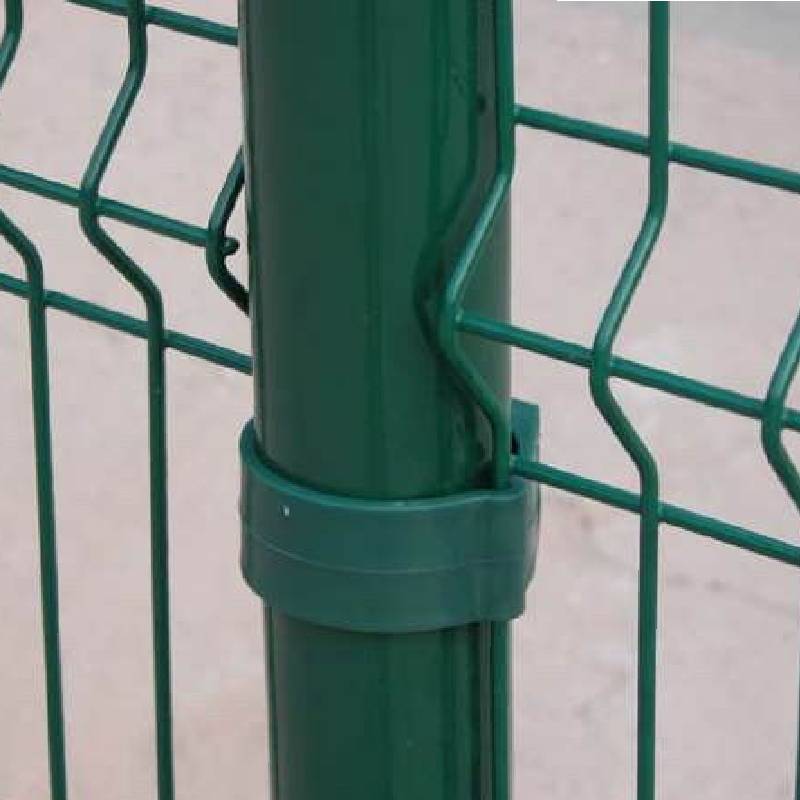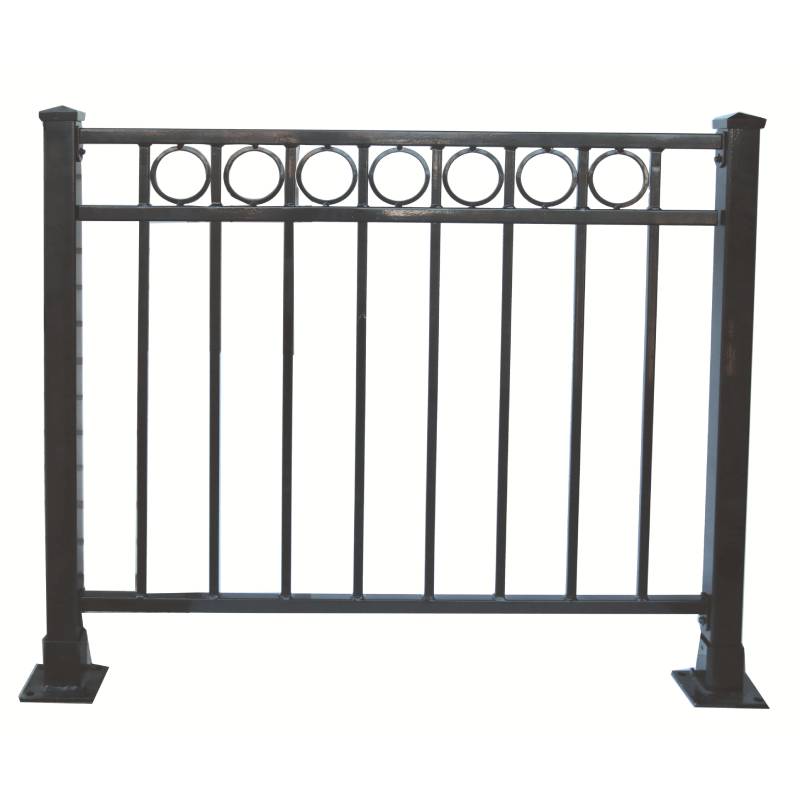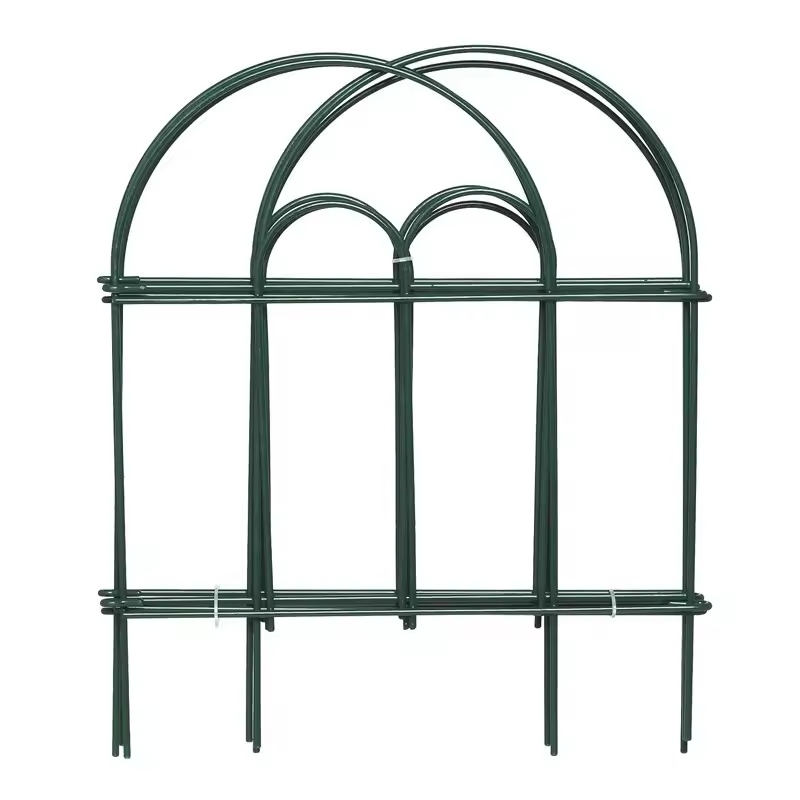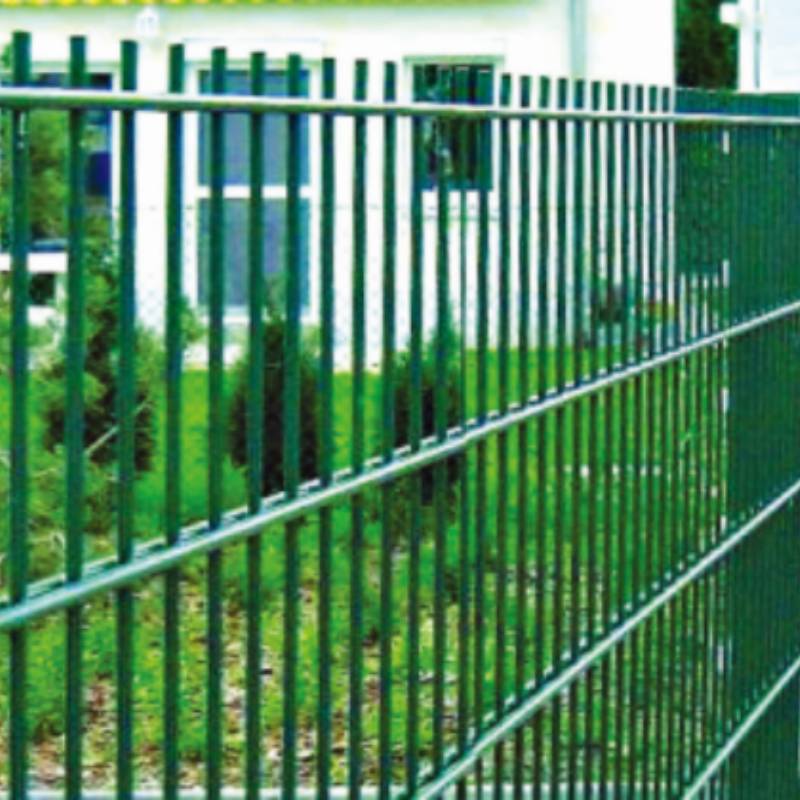-
Imèl:zhao@hyliec.cn
-
Tel:+86 311 85273988
-
whatsAPP:8613931128750
-
 Afriken
Afriken -
 Albanè
Albanè -
 Amarik
Amarik -
 Arab
Arab -
 Amenyen
Amenyen -
 Azerbaydjan
Azerbaydjan -
 Basque
Basque -
 Belarisyen
Belarisyen -
 Bengali
Bengali -
 Bosnyen
Bosnyen -
 Bulgarian
Bulgarian -
 Catalan
Catalan -
 Cebuano
Cebuano -
 kors
kors -
 Kwoasyen
Kwoasyen -
 Czech
Czech -
 Danwa
Danwa -
 Olandè
Olandè -
 angle
angle -
 Esperanto
Esperanto -
 Estonyen
Estonyen -
 Finnish
Finnish -
 franse
franse -
 Frisyen
Frisyen -
 Galisyen
Galisyen -
 Jòjyen
Jòjyen -
 Alman
Alman -
 grèk
grèk -
 Gujarati
Gujarati -
 Kreyòl ayisyen
Kreyòl ayisyen -
 hausa
hausa -
 Hawaiian
Hawaiian -
 ebre
ebre -
 Non
Non -
 Miao
Miao -
 Ongwa
Ongwa -
 Icelandic
Icelandic -
 igbo
igbo -
 Endonezyen
Endonezyen -
 Ilandè
Ilandè -
 Italyen
Italyen -
 Japonè
Japonè -
 Javanèz
Javanèz -
 Kannada
Kannada -
 kazak
kazak -
 Khmer
Khmer -
 Rwandan
Rwandan -
 Koreyen
Koreyen -
 Kurdish
Kurdish -
 Kyrgyz
Kyrgyz -
 TB
TB -
 Latin
Latin -
 Latvian
Latvian -
 Lityanyen
Lityanyen -
 Luxembourgish
Luxembourgish -
 Masedwan
Masedwan -
 Malgashi
Malgashi -
 Malay
Malay -
 Malayalam
Malayalam -
 Maltese
Maltese -
 Maori
Maori -
 Marathi
Marathi -
 Mongolyen
Mongolyen -
 Myanma
Myanma -
 Nepali
Nepali -
 Nòvejyen
Nòvejyen -
 Nòvejyen
Nòvejyen -
 Occitan
Occitan -
 Pashto
Pashto -
 Pèsik
Pèsik -
 Polonè
Polonè -
 Pòtigè
Pòtigè -
 Punjabi
Punjabi -
 Woumen
Woumen -
 Ris
Ris -
 Samoan
Samoan -
 Scottish Gaelic
Scottish Gaelic -
 Sèb
Sèb -
 angle
angle -
 Shona
Shona -
 Sindhi
Sindhi -
 Sinhala
Sinhala -
 Slovak
Slovak -
 Sloveni
Sloveni -
 Somalyen
Somalyen -
 Panyòl
Panyòl -
 Sundanese
Sundanese -
 Swahili
Swahili -
 Swedish
Swedish -
 Tagalog
Tagalog -
 Tajik
Tajik -
 Tamil
Tamil -
 Tatar
Tatar -
 Telugu
Telugu -
 Thai
Thai -
 Tik
Tik -
 Tirkmen
Tirkmen -
 Ukrainian
Ukrainian -
 Oudou
Oudou -
 Ouygur
Ouygur -
 Ouzbek
Ouzbek -
 Vyetnamyen
Vyetnamyen -
 Welsh
Welsh -
 Ede
Ede -
 Yiddish
Yiddish -
 Yoruba
Yoruba -
 Zoulou
Zoulou
Kloti Panel
Wholesale Metal Fence Panels ?
Wholesale metal fence panels are a popular choice for those looking for durable and secure fencing solutions. These panels are often made steel materials providing a
strong and long-lasting option for garden fencing. They are available in various designs and sizes, making them suitable for a wide range of applications. Wholesale options offer cost-effective solutions for purchasing metal fence panels in bulk, making them ideal for contractors, landscapers, and property developers looking to install fencing on a larger scale.
Is It Cheaper To Buy Fence Panels Or Build Them?
The cost of buying fence panels versus building them can vary depending on several factors. In general, buying pre-made fence panels can be cheaper and more time-efficient than building them from scratch. Pre-made panels are mass-produced, which often makes them more cost-effective due to economies of scale. Additionally, purchasing fence panels can save on labor costs, as they are typically easier and quicker to install compared to building a fence from individual components. However, building a fence from raw materials allows for more customization and control over the design, which may be a priority for some individuals. It's important to consider the specific requirements, budget, and time constraints when deciding whether to buy or build fence panels.
How To Install A Panel Fence?
To install a panel fence involves several steps:
1. Measure and plan: Determine the length of the fence and calculate the number of panels needed. Plan the layout and ensure the fence posts are installed at the appropriate intervals to accommodate the panels.
2. Install the posts: Dig holes for the fence posts, ensuring they are deep enough to provide stability. Set the posts in concrete and allow them to cure before attaching the panels.
3. Attach the panels: Once the posts are set, attach the panels to the posts using appropriate fasteners such as screws or nails. Ensure the panels are level and properly aligned.
4. Add finishing touches: Depending on the type of panels used, additional finishing touches such as capping, trim, or paint may be required to enhance the appearance and durability of the fence.
5. Maintenance: Regular maintenance, such as cleaning and sealing, may be necessary to ensure the longevity of the fence panels.
It's important to follow the manufacturer's instructions and local building codes when paneling a fence to ensure proper installation and compliance with regulations. If in doubt, it's advisable to consult with a professional or seek guidance from experienced individuals.








